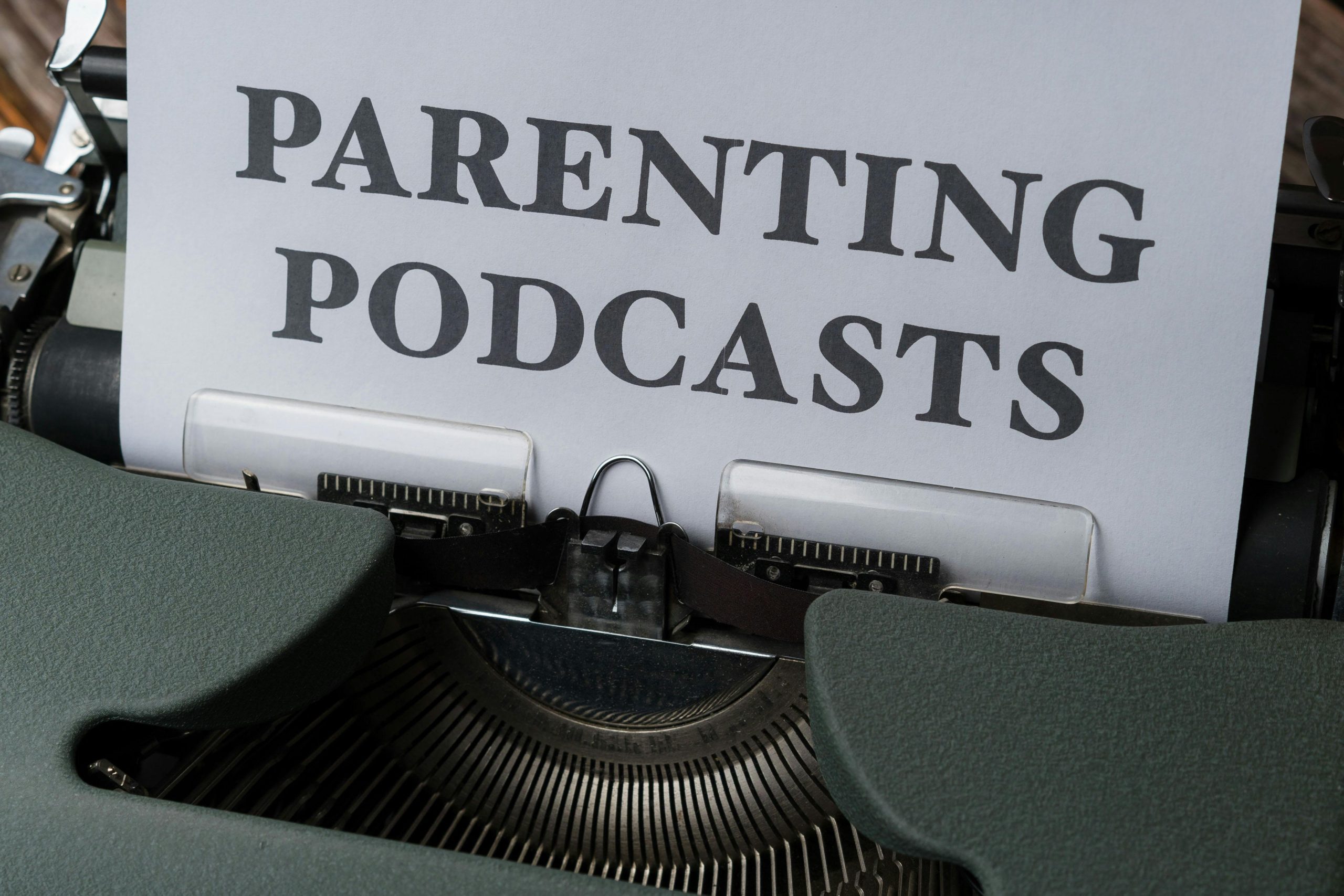Optimizing Your Blog’s SEO Strategy Before Removing Low-Performing Content: Expert Insights
Managing a comprehensive blog with nearly 700 articles can be both a rewarding and challenging endeavor. Over time, not all content performs equally; some articles may generate consistent traffic and contribute positively to your SEO efforts, while others remain unnoticed, with minimal or no visibility on search engines. If you’re considering a cleanup or revision of your content, it’s crucial to approach this process strategically to preserve and enhance your website’s SEO performance.
Understanding the Impact of Removing or Redirecting Content
1. Removing Non-Performing Articles: Will It Affect Your SEO?
Eliminating articles that attract little to no traffic might seem like a clean-up measure, but it’s essential to consider the potential impact. If these pages are indexed, simply deleting them without proper redirection can result in broken links, which may harm user experience and SEO health. Redirecting these URLs appropriately ensures search engines and users are guided to relevant content, maintaining your site’s authority and crawl efficiency.
2. Redirect Strategies: Redirecting to the Homepage or Relevant Content
Redirecting low-performing articles directly to your homepage is a common strategy but can lead to ‘redirect chains’ if done excessively or improperly. Redirect chains occur when a URL redirects through multiple pages before reaching the final destination, which can slow down crawling and dilute link equity. Instead, consider redirecting each obsolete URL to a thematically relevant article or category page, thereby providing value and context for both users and search engines.
3. Impact on Search Engine Indexing and Errors
When you remove pages, Google Search Console may display increased indexing errors if those URLs are still linked internally or externally. Proper 301 redirects help inform Google that the content has permanently moved, preserving your SEO signals and reducing error reports. Ensure your redirects are correctly implemented to minimize possible negative effects on your site’s health.
4. Handling ‘Crawled – Currently Not Indexed’ Pages
A significant number of articles showing as ‘Crawled – currently not indexed’ indicate that Google has discovered these pages but has chosen not to index them, potentially due to low quality or duplicate content. Before considering removal, evaluate if these pages can be improved—adding value or updating content may foster indexing. If they serve no purpose, removing or redirecting them can streamline your site architecture.
5. Preserving Domain Authority and Overall SEO Performance
Concerns about losing Domain Authority (DA)

